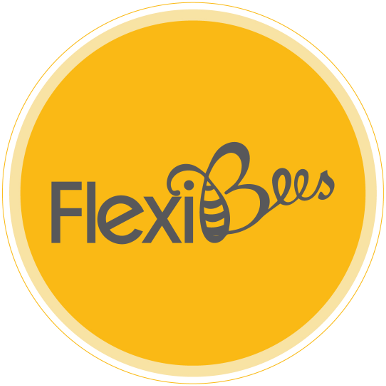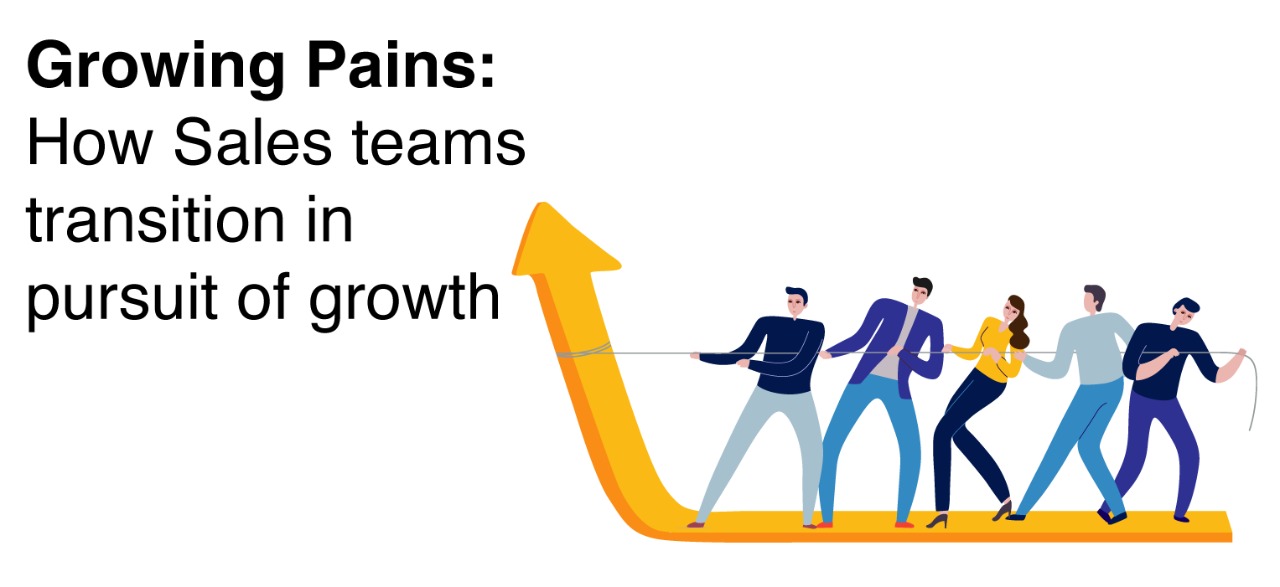An interesting phenomena we experienced while attempting to grow FlexiBees to the next level is that it is not simply a matter of adding more people who all do the same task 10x.
“What got you here won’t get you there”, the famous saying goes.
For product or service businesses, growth comes with many changes: increased technology adoption, different routes to customer acquisition, and organizational structure transitions being a few of those.
This last one is especially interesting because it is the least talked about. These could happen on account of adding middle layers or management, or as a consequence of certain functions changing very fundamentally in the pursuit of growth and hence new roles emerging, old ones becoming obsolete.
When we started FlexiBees, our earliest customer acquisition route was the good old sales push. We hired a lead generation professional to gather leads that I would reach out to via LinkedIn and sometimes, emails. As we grew, serviced clients, got success and feedback, we started understanding and fine-tuning our proposition, the benefits we brought, the stuff that clients remembered and appreciated about us. All of this fed into our Marketing, the one-off creatives on social media which became increasingly more frequent, and very soon we had a full-fledged content marketing channel.
Over the next 3 years, our B2B Content Marketing grew and evolved into a multi-channel, multi-property work-stream that a team comprising a Content Manager, a Designer, and Digital Marketer, worked on. All of it was organic, unpaid, distributed via social media, groups, and networks.
However, when we decided to up the ante on growth, we started looking at paid marketing as a way to scale up our customer acquisition. But with paid marketing came a few challenges
Due to multiple reasons, and difficult to pin-point the exact one, the leads that came from paid sources needed a significant amount of chase before even the first conversation. The reasons range from a shift in the audience profile, paid drawing in senior folks from mid-sized organisations, to the sheer volume of leads that made it difficult for the BD Managers to get in touch with all of them when the leads were the freshest.
Our BD managers, as might be the case with most early-stage Sales organisations, were in-charge of all funnel activities from the first concept sell, making proposals to closure conversations. When the lead flow increased, it became difficult for them to do the chasing for these new ones as well as further downstream actions with later-stage prospects. They tried though, as I know well from my many conversations with them, but it was certainly not the best use of their time.
An advertisement, even if very good, can only convey a few salient points. For example, our core ad messaging is built around us delivering high-quality talent via affordable (part-time and project-based) models, but it doesn’t include the remote-work aspect. While remote working is not meant to be a benefit for this particular ad route, it is very important that folks coming to us know that our pool predominantly works remotely. Or that we are not the right people to come to for field sales talent or logistics staff. Coupled with the general lack of attention we all suffer in this era of over-abundant stimuli, and we had leads coming in that had nothing to do with our offerings. Some were selling us their services and a few were even looking for jobs themselves!
We quickly realised that we needed to add another layer to the sales team, to basically split the BD task into Lead qualification and Lead conversion.
So we hired what is known as a Sales Development Representative or an SDR. An SDR is the first point of contact for an incoming prospect, she reaches out to them, sells the concept and tackles any queries, and then passes on the qualified lead to the BD managers. Using an SDR to prune the funnel at its widest top is a pretty well-established sales approach; the SDR KPI tends to be the number of leads they qualify or meetings/demos they set up.
In fact it’s one of the most in-demand roles for us as a talent provider. A lot of B2B businesses today complement their on-ground BD or Sales teams with an SDR team to optimise productivity and drive focus on the prospects that will convert. SDR roles can be done remotely, in fact they should be done remotely as it is more cost-efficient and more importantly, allows the business to hire from unconventional talent pools such as ours. The businesses who hire from women talent pools such as ours get experienced sales professionals who understand sales, and have the domain expertise the business needs for that first concept sell to be truly effective.
It helped us in the following ways
-
Our non-contactables dropped by 50%
The SDR’s primary and focused task was to call prospects, and as that she was able to catch them quickly soon after the lead form was filled, as well as diligently follow-up as many times as needed, we were able to cut down our non-contactables by half
-
Cut down 80% of the unproductive time that the BD managers were spending in chasing the prospect
There was still some amount of chase that the BD team had to do, and there always
will be. But 80% of time saved doing that is pretty darn good
-
Tightened the funnel with only service-able leads going ahead to BDMs, in effect saving their time and energy
This in itself was a time-saver of ~10% for the BD teams, that they didn’t have to speak with leads that were looking for talent not in our service offerings, or were wanting to, in fact, sell us something. Apart from time, saved a lot of their energy and helped them focus on the leads that actually could convert
-
Gave the customer a better experience
Our prospects were getting contacted quicker with the SDR system in place, and while there was some transition from the SDR to the BD manager involved, it was manageable with the right processes
As organisations grow, their demands evolve, and we saw this play out within a space of 1-2 months last year. While it may not always be possible for growing businesses to predict all of these before it actually starts happening - in fact I would say best to not plan too much since what happens during run-time might be very different what you may have envisaged in your planning sessions - it is possible for them to move quickly once the writing on the wall becomes visible. That speed is what separates a start-up from the biggies on the block and in fact, I think it’s the rush of adrenaline when you have a race to run with the clock ticking, that excites entrepreneurs.
Happy racing my fellow entrepreneurs, we will be cheering you on!


